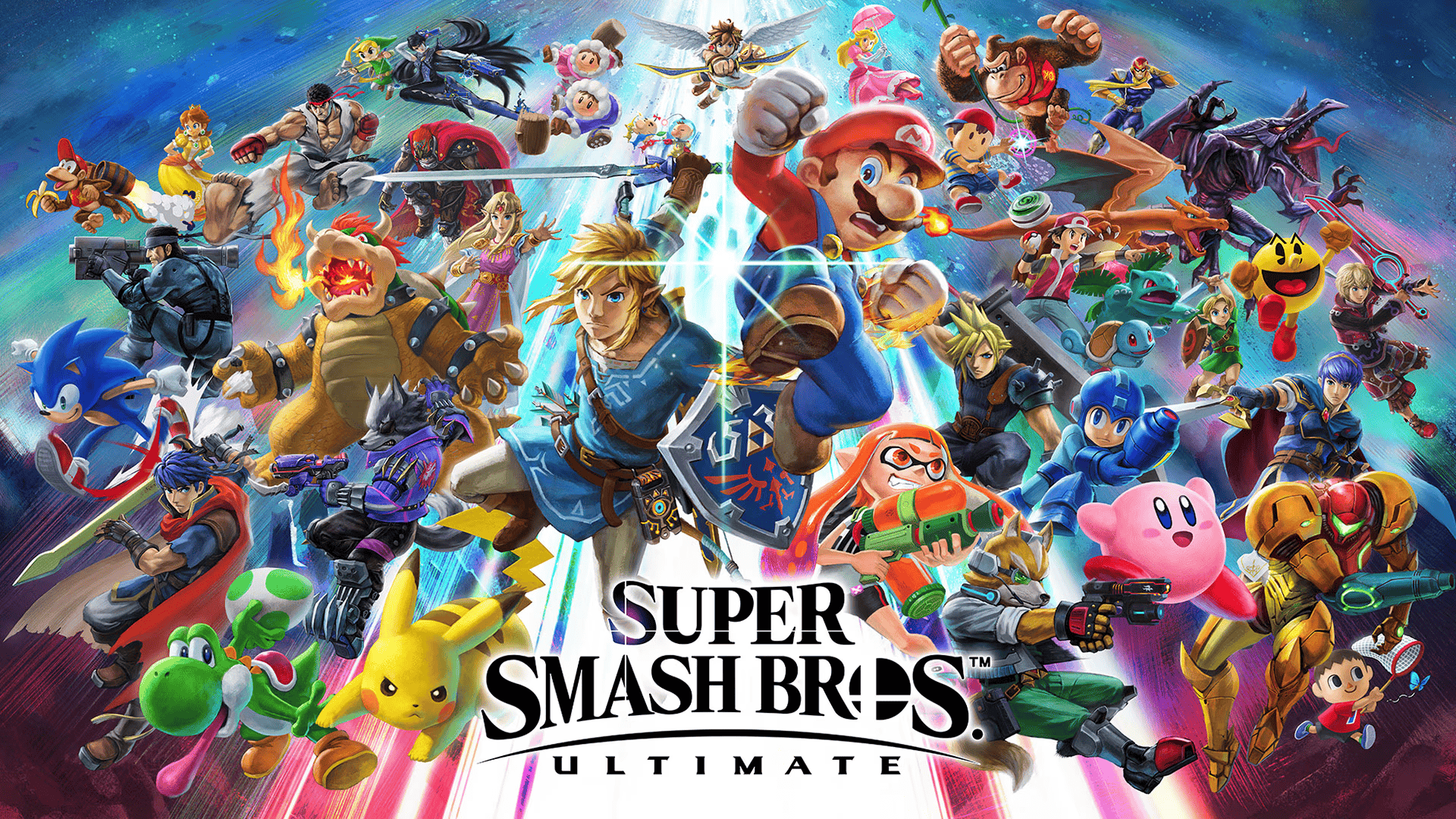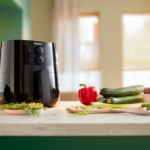Patch 13.0.4: A Small but Meaningful Tune-Up
Nintendo’s June 24, 2025 hot-fix didn’t touch character balance, but it did address a nagging quality-of-life problem: corrupted Mii Fighter thumbnails and the cross-gen crash bug that sometimes ended online matches between original Switch owners and early Switch 2 adopters. While minor on paper, the quick turnaround signaled that Nintendo is still watching Ultimate’s vast player base—even three-and-a-half years after the final fighter dropped.
Playing on Switch 2: Mostly Smooth Sailing
Ultimate’s backward-compatibility has proven robust on the new hardware, with faster load times and a rock-steady 60 fps. The only widely reported hiccup was the Mii-Fighter desync that could hard-crash a lobby if at least one player was on a Legacy Switch. Nintendo says a definitive fix is in certification, so cross-platform grind sessions should soon be worry-free.
State of the Meta: Who’s Winning—and Why
Luminosity Gaming’s aggregated tier list from February still has Steve, Sonic, and Snake topping S-plus, with Kazuya narrowly below. The data lines up with recent tournament finishes:
- Genesis X2 (April 2025) – Japan’s Hurt shocked the field by sweeping acola’s Steve 3-0 twice in grands using a relentless Roy.
- Collision 2025 – Sparg0’s Cloud/Pyra-Mythra mix overwhelmed Light’s Fox in a nail-biter reset, showcasing how sword length plus frame-3 options can still topple block-building strats.
- Let’s Make Big Moves West – Onin kept Steve discourse alive by pocketing diamond tools in every set en route to a spotless winner’s run.
Offline brackets now see a larger spread of high-ceiling characters—ROB, Joker, even Diddy Kong—thanks to the Switch 2’s snappier load screens shortening best-of-five fatigue. Online rankings remain dominated by Wolf, Palutena, and Samus, whose projectile-heavy kits exploit rollback quirks.
Community Flashpoints: Beerio Kart Blow-Up
“Beerio Kart 2025” began as a charity side-event and ended as a Twitter maelstrom when veteran Falco main Mang0’s alcohol-fueled antics triggered a medical scare on-stream. Fellow pro Westballz publicly blamed organizer Ludwig Ahgren for “normalizing reckless hype,” dividing the scene on issues of player responsibility versus event oversight. The fallout has already prompted several majors—CEO and Shine among them—to strengthen on-site wellness policies and limit alcohol-centric side brackets.
Numbers Don’t Lie: Ultimate’s Staying Power
With lifetime sales cresting 35 million, Ultimate sits comfortably as the best-selling fighting game ever, outperforming the rest of the series combined. Nintendo Switch Online usage stats still list it in the platform’s monthly top five, edging out evergreen staples like Mario Kart 8 Deluxe.
The Road Ahead: Patience Required
Masahiro Sakurai has reiterated that while he consults on Nintendo projects, no new Smash title is in active production. Rumblings from supply-chain analysts suggest Nintendo is focused on lining up first-party software that takes full advantage of Switch 2 silicon before tackling a franchise as all-encompassing as Smash. Industry insiders peg 2027 as the earliest realistic window for a fresh entry—leaving Ultimate plenty of runway to remain the competitive gold standard.
Players hungry for novelty should keep an eye on local modding communities: the open-source “Skyline” framework on modded Switch units is enabling rollback-netcode experiments and custom stages without touching the official game. Nintendo’s legal stance remains firm, so proceed at your own risk—but the innovation underscores how deeply Ultimate’s ecosystem continues to thrive in 2025
How Many Characters Are in Smash Ultimate
Super Smash Bros. Ultimate boasts an impressive roster of fighters that has grown since its release on Nintendo Switch. Initially featuring 76 characters in the base game, the roster has expanded through downloadable content (DLC). Super Smash Bros. Ultimate now includes 89 total playable characters, with 82 numbered movesets and 7 echo fighters.
This massive character selection makes it the largest roster in Smash history. Players can choose from iconic Nintendo characters like Mario, Link, and Kirby, alongside third-party additions such as Sonic, Cloud, and Snake. The game also introduced newcomers like Inkling from Splatoon and characters from series that had never been in Smash before.
The character count can be slightly confusing because of how some fighters are grouped. For example, Pokémon Trainer counts as three characters (Squirtle, Ivysaur, and Charizard) but uses only one character slot. Similarly, Pyra and Mythra (sometimes called Aegis) share a slot but offer different playstyles.
Super Smash Bros. Ultimate features a massive roster of 89 playable fighters.
This includes all characters from previous Super Smash Bros. games, as well as new additions and DLC characters. While the base game started with a significant number, the roster grew with the release of various Fighter Passes, bringing the total to 89. This count typically includes “Echo Fighters” (characters with similar movesets to others) and characters like Pokémon Trainer, who technically controls three different Pokémon.
You’re in luck! Super Smash Bros. Ultimate has a truly colossal roster. Here are all 89 characters, numbered:
- Mario
- Donkey Kong
- Link
- Samus
- Dark Samus (Echo Fighter)
- Yoshi
- Kirby
- Fox
- Pikachu
- Luigi
- Ness
- Captain Falcon
- Jigglypuff
- Peach
- Daisy (Echo Fighter)
- Bowser
- Ice Climbers
- Sheik
- Zelda
- Dr. Mario
- Pichu
- Falco
- Marth
- Lucina (Echo Fighter)
- Young Link
- Ganondorf
- Mewtwo
- Roy
- Chrom (Echo Fighter)
- Mr. Game & Watch
- Meta Knight
- Pit
- Dark Pit (Echo Fighter)
- Zero Suit Samus
- Wario
- Snake
- Ike
- Pokémon Trainer (Squirtle, Ivysaur, Charizard – counted as one character for the 89 total)
- Diddy Kong
- Lucas
- Sonic
- King Dedede
- Olimar
- Lucario
- R.O.B.
- Toon Link
- Wolf
- Villager
- Mega Man
- Wii Fit Trainer
- Rosalina & Luma
- Little Mac
- Greninja
- Mii Brawler (one of three Mii Fighters)
- Mii Swordfighter (one of three Mii Fighters)
- Mii Gunner (one of three Mii Fighters)
- Palutena
- Pac-Man
- Robin
- Shulk
- Bowser Jr.
- Duck Hunt Duo
- Ryu
- Ken (Echo Fighter)
- Cloud
- Corrin
- Bayonetta
- Inkling
- Ridley
- Simon
- Richter (Echo Fighter)
- King K. Rool
- Isabelle
- Incineroar
- Piranha Plant (DLC)
- Joker (DLC)
- Hero (DLC)
- Banjo & Kazooie (DLC)
- Terry Bogard (DLC)
- Byleth (DLC)
- Min Min (DLC)
- Steve/Alex (DLC)
- Sephiroth (DLC)
- Pyra/Mythra (DLC – counted as one character)
- Kazuya (DLC)
- Sora (DLC)
Please note that while some characters like Pokémon Trainer and Pyra/Mythra represent multiple fighters in-game, they are generally counted as a single roster slot when determining the total character count for Smash Ultimate. Also, Echo Fighters are included in the 89 total.
Key Takeaways
- Super Smash Bros. Ultimate features 89 total fighters, including 82 main movesets and 7 echo fighters.
- The roster combines Nintendo classics with third-party characters and continues to be the largest in franchise history.
- Character counting can vary depending on how combo characters like Pokémon Trainer are classified in the total.
Overview of Playable Characters
Super Smash Bros. Ultimate boasts the largest roster in the franchise’s history, with a total of 89 playable fighters when including all downloadable content. This massive selection combines classic Nintendo icons with surprising third-party additions that have expanded the game’s appeal.
Core Roster and DLC Additions
The base game of Super Smash Bros. Ultimate launched with 74 fighters (76 if counted individually rather than grouping characters like Pokémon Trainer). This already made it the largest Smash roster ever, fulfilling director Masahiro Sakurai’s promise that “everyone is here” by including every fighter from past games.
The roster includes Nintendo mainstays like Mario, Link, and Kirby, alongside newer additions like Inkling from Splatoon and long-requested characters like Ridley from Metroid. The game introduced the concept of Echo Fighters – characters like Dark Samus and Richter Belmont who share movesets with existing fighters but have unique animations and attributes.
DLC expansions added 13 more characters through two Fighters Passes, including third-party surprises like Joker from Persona 5, Banjo & Kazooie, and Sora from Kingdom Hearts as the final addition.
Character Updates and Balance Patches
Since launch, Nintendo has released regular balance patches to ensure competitive fairness across the massive roster. These updates typically adjust damage output, recovery options, and frame data for characters that are performing either too strongly or too weakly in the competitive scene.
Characters like King K. Rool received nerfs after initial dominance, while others like Zelda received buffs to make them more viable. The development team has shown remarkable dedication to maintaining balance despite the challenge of equalizing 89 unique fighters.
The most recent patches have focused on subtle adjustments rather than major overhauls, suggesting the game has reached a mature state of balance. The competitive scene has evolved to feature a diverse range of viable characters, though certain fighters like Joker and Palutena remain tournament staples due to their versatile movesets and recovery options.
Game Elements and Competitive Scene
Super Smash Bros. Ultimate offers a rich gameplay environment with diverse stages, music, and mechanics that enhance both casual and competitive play. The game’s tournament scene has evolved significantly since release, with specific characters dominating the meta.
Stage and Music Enhancements
Ultimate features over 100 stages from across Nintendo’s history and third-party franchises. Each stage includes battlefield and omega variations, creating tournament-friendly options while preserving unique aesthetics.
The stage hazard toggle allows players to enjoy distinctive layouts without disruptive elements. This feature has been embraced by the competitive community, expanding viable tournament stage selections beyond the traditional “Final Destination” and “Battlefield” options.
Music selection is equally impressive with over 900 tracks. Series like Castlevania brought substantial musical contributions, with players able to customize playlist frequencies for each stage. The ability to listen to game music even when the Switch is in sleep mode shows Nintendo’s attention to fan appreciation.
Controllers and Gameplay Mechanics
Ultimate supports multiple controller options, with the GameCube controller remaining the preferred choice for competitive players. Nintendo released a special adapter for the Switch, recognizing the controller’s importance to veteran Smash players.
The game mechanics strike a balance between Melee’s technical depth and later titles’ accessibility. Key competitive mechanics include:
- Perfect shield (parrying)
- Directional air dodging
- Reduced landing lag
- Consistent three-frame jumpsquat for all characters
These refinements have created a faster-paced game that rewards precision without excessive technical barriers. The character select screen organization allows quick access to the large roster, important for tournament efficiency.
Tournament Participation and Viewer Experience
Tournament participation for Ultimate reached record numbers before pandemic restrictions. Major events regularly featured 1,000+ entrants, highlighting the game’s competitive appeal.
The competitive meta shows interesting trends. According to search data, 56% of the cast (46 characters through Ryu) comprise 90% of all top 8 placements in major tournaments. This statistic reveals that while the roster is huge, a smaller subset dominates high-level play.
Viewer experience has improved through better streaming setups and professional commentary. Many tournaments now feature player cams, stage striking graphics, and real-time statistics to enhance audience engagement.
Nintendo’s relationship with the competitive scene has been inconsistent, occasionally supporting official tournaments while sometimes restricting community-run events.
Frequently Asked Questions
Super Smash Bros Ultimate has grown significantly since its initial release with numerous fighters added through DLC. Players often have questions about the total roster size, unlocking methods, and character rankings.
How many total characters are included in Super Smash Bros Ultimate as of the latest update?
Super Smash Bros Ultimate features 89 total playable characters when counting all DLC fighters. The base game launched with 76 fighters, and additional characters were added through downloadable content packs.
Some counting methods differ slightly. If Pokemon Trainer is counted as one character instead of three separate fighters (Squirtle, Ivysaur, and Charizard), the total would be 87.
Echo fighters, which are characters with very similar movesets to existing fighters, are sometimes counted separately or together in different tallies.
What is the full roster count for Super Smash Bros Ultimate, including all DLC fighters?
The complete roster includes 69 unique fighters and 7 Echo Fighters in the base game, plus 13 DLC characters across various Fighter Pass volumes. This brings the total to 89 playable characters.
The DLC fighters include popular additions like Joker, Sephiroth, Steve from Minecraft, and Sora from Kingdom Hearts as the final character.
This makes Super Smash Bros Ultimate the largest crossover fighting game in history, featuring characters from numerous gaming franchises.
How can one unlock all of the characters in Super Smash Bros Ultimate?
Players start with only 8 characters and must unlock the rest through gameplay. The fastest method is playing VS matches, as a new challenger appears after each match (with a 10-minute cooldown).
Another method is playing through World of Light, the game’s adventure mode. Characters unlocked here become available in other game modes too.
If players lose to a challenger, they can rematch them later through the “Challenger’s Approach” door in the Games & More menu after a short waiting period.
What is the sequence for unlocking characters in Super Smash Bros Ultimate?
Characters unlock in a predetermined sequence, though the exact order can vary slightly based on the method used. The game follows a general pattern regardless of which mode players choose.
Each character has specific unlock requirements, usually related to playing a certain number of matches or clearing specific challenges.
For efficiency, many players use the VS match method followed by resetting the game to bypass the 10-minute cooldown timer between character appearances.
How many Pokémon representatives are there in the current Super Smash Bros Ultimate lineup?
The Pokémon franchise has 10 representatives in Super Smash Bros Ultimate. These include Pikachu, Pichu, Jigglypuff, Mewtwo, Pokémon Trainer (controlling Squirtle, Ivysaur, and Charizard), Lucario, Greninja, and Incineroar.
If counting individually, Pokémon Trainer’s three Pokémon bring the total to 12 Pokémon characters.
This makes Pokémon one of the most represented franchises in the game, second only to the Super Mario series.
Where can I find an updated tier list for the complete Super Smash Bros Ultimate roster?
Professional players and gaming websites regularly update tier lists based on tournament results and competitive play. Sites like IGN, GameFAQs, and SmashBoards maintain current rankings.
Many top professional players also publish their own tier lists on YouTube, Twitch, and Twitter, often with detailed explanations of character strengths and weaknesses.
Tier lists can vary significantly between different creators, as they’re based on personal experience and different competitive settings.







